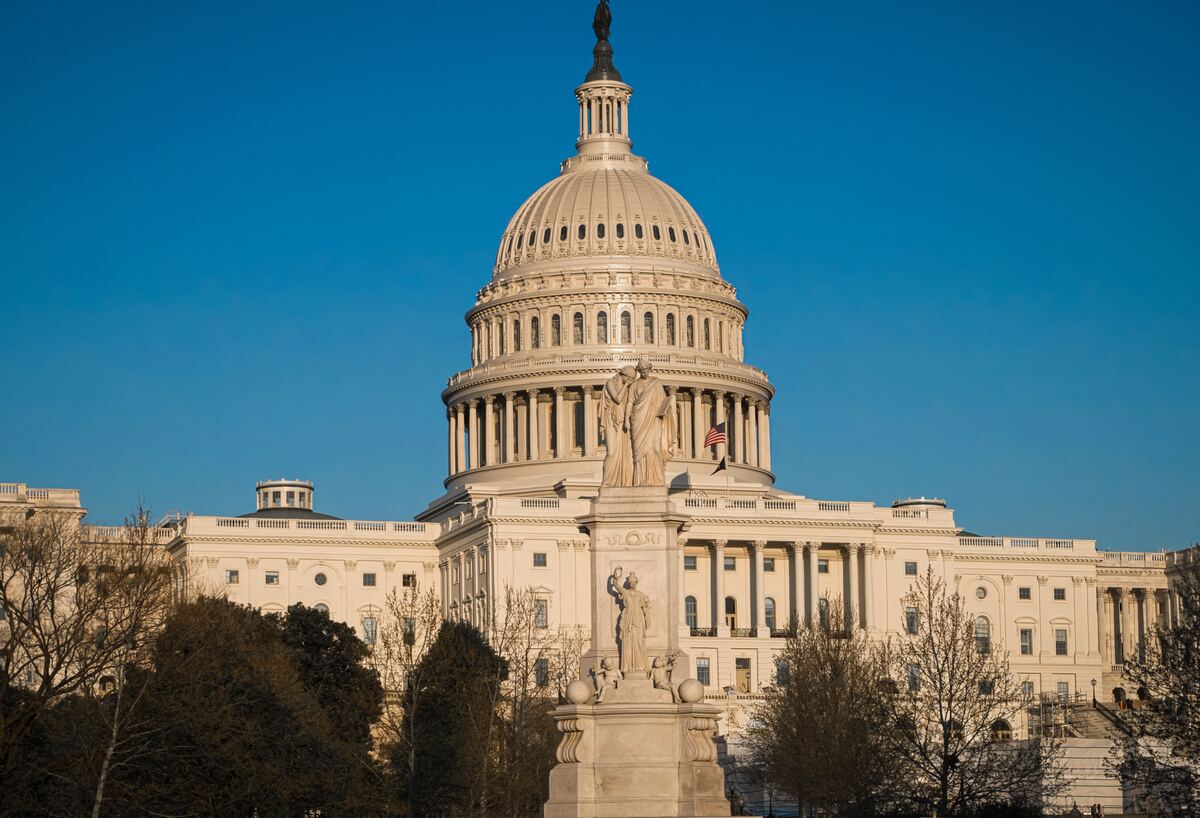NAHB Chief Economist Robert Dietz provided the following housing market overview in his biweekly newsletter Eye on the Economy.
Markets are increasingly expecting the Federal Reserve to increase the short-term federal funds rate by 25 basis points in July and again in September. As a result, the 10-year Treasury rate rose to above 3.9% this week (the highest since March) and looks set to test a 4% rate again. This means upward pressure on mortgage rates, perhaps approaching 7% on a 30-year fixed home loan. Recall the cycle high was near 7.2% in the fall of 2022.
The Fed is still concerned the labor market is too hot (risking wage inflation absent productivity growth) and costs for non-housing services are rising too quickly. However, the central bank is risking a policy mistake — and a hard landing — by focusing on backward-looking data. About 40% of inflation is generated from shelter costs (rent and owners’ equivalent rent) and those prices are rising more than twice as fast as overall inflation gauges. But those measures are inherently backward looking. Real-time measures of rent show generally flat growth, and there are more than 1 million apartments in the construction pipeline, meaning more supply and lower rent growth lie ahead. This is the risk of driving and only using the rear-view mirror.
Moreover, commodity inflation has slowed significantly. For example, according to NAHB analysis of Producer Price Index data, from January to May of 2022, residential construction material prices were up just 0.3%. This is in stark contrast to the equivalent measure for 2022 (10.2%). That said, some supply-chain issues remain, with electrical transformers in short supply and ongoing increases for concrete prices (up 13% over the last year).
These factors all suggest that the rate of inflation will continue to slow. The prudent policy approach for the Fed is now to pause and move into a data-dependent mode, rather than overshoot in an attempt to appear hawkish for Wall Street. State, local and federal governments can help by enacting policies that will support the supply-side of the economy, particularly with respect to shelter costs, by facilitating more affordable, attainable single-family and multifamily construction.
While residential construction data will be pressed by higher interest rates in the near-term, recent data have been positive. The NAHB/Wells Fargo Housing Market Index measure of single-family building sentiment increased five points in June to a positive level of 55. This was the first measure above the breakeven level of 50 in 11 months. In May, single-family starts increased 18.5% to a 997,000 seasonally adjusted annual rate. However, this remains 6.6% lower than a year ago. The multifamily sector increased 27.1% to an annualized 634,000 pace. However, multifamily development will slow during the second half of 2023.
And despite elevated rates, the lack of existing home inventory continues to support demand for new construction. Currently, about one-third of total housing market inventory is made up of newly built homes, compared to about a 12% historical average. As a result, the pace of new home sales is up 20% compared to a year ago, while resale activity is down 20%. In May, sales of newly built, single-family homes increased 12.2% to a 763,000 seasonally adjusted annual rate.
Despite these positive readings for the building market, this rebound momentum is at risk if mortgage rates move north of 7% for a sustained period of time.
Learn more about what the Fed will do next during an upcoming webinar from Pro Builder on Thursday, July 6, at 1 p.m. ET. Register here to attend.
Subscribe for free to Eye on the Economy.
*Note: All articles have been redistributed from NAHBnow.com*
